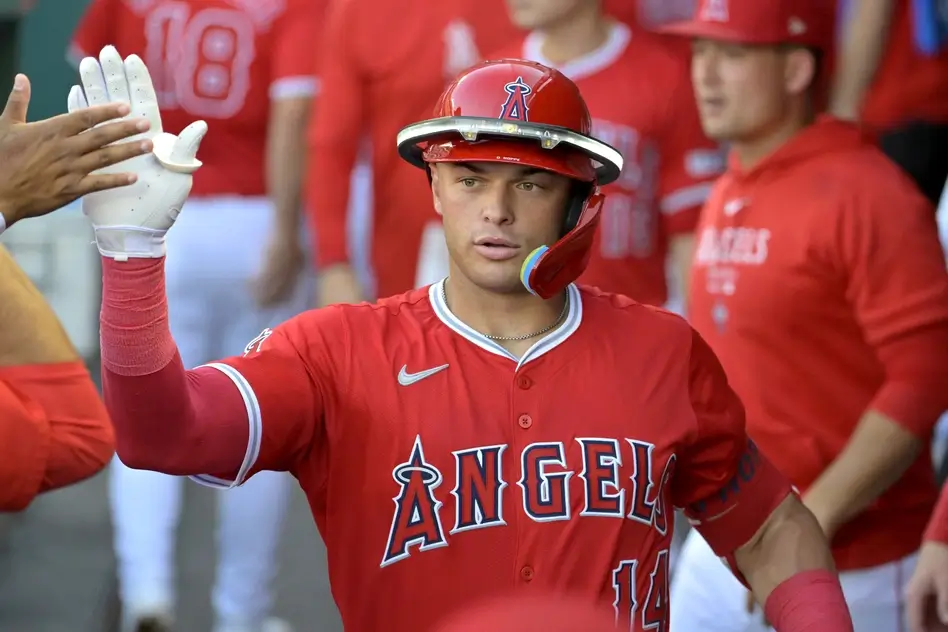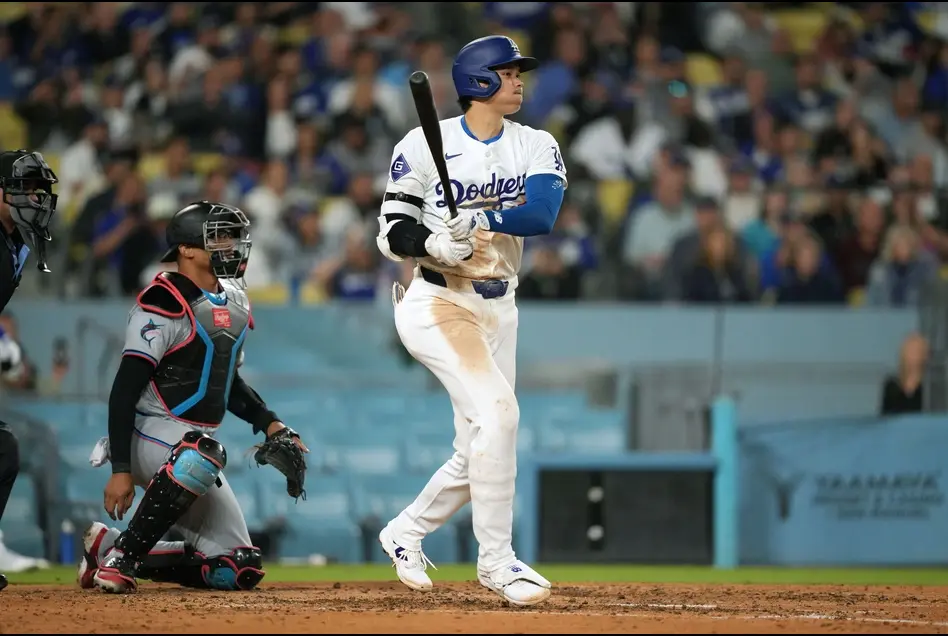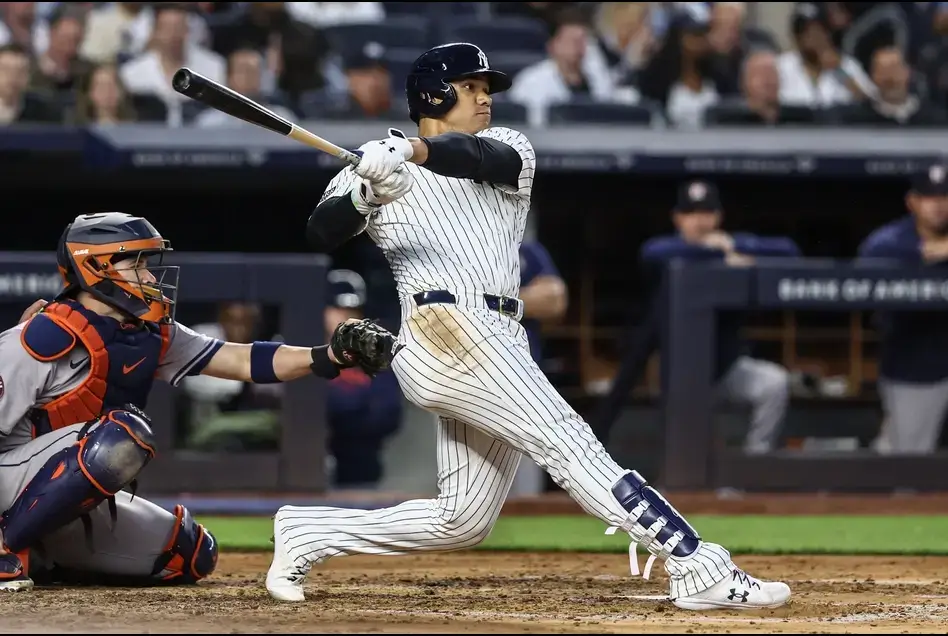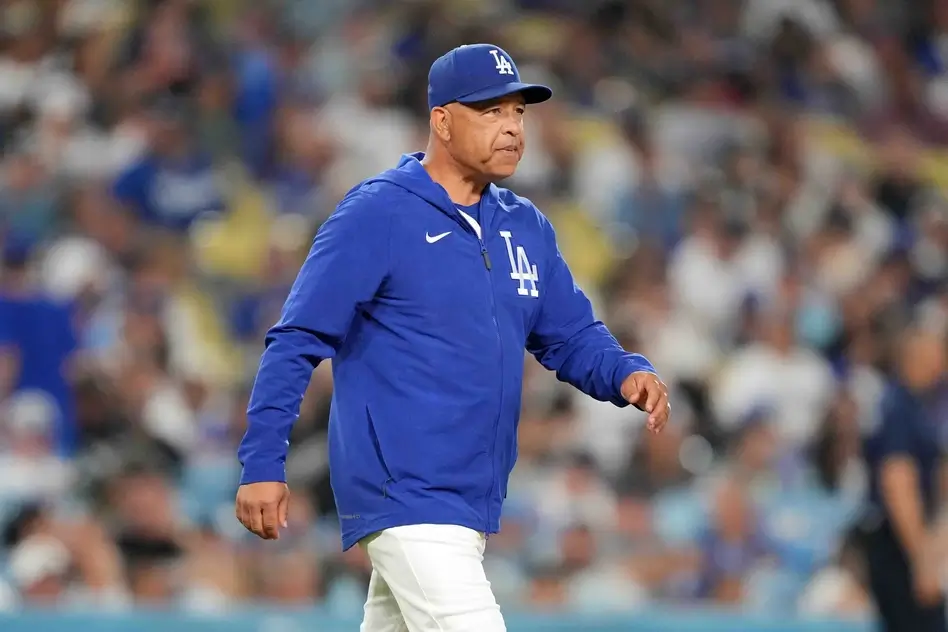Even though it hasn’t happened in over 20 years doesn’t mean we don’t need MLB expansion explained because it could happen again.
Even if the NFL has surpassed MLB as the most popular sport in the land doesn’t mean that baseball has waned in popularity. There are plenty of expansion team ideas floating around, making MLB expansion a distinct possibility in the future.
MLB expansion explained
Perhaps most importantly, MLB’s current labor agreement leaves the door open for expansion to 32 teams. It may not happen tomorrow, but it could conceivably happen at any time. For younger fans who need MLB expansion explained, let’s try to answer some of the most fundamental questions about the possibility of expansion in baseball.
What’s the most recent MLB expansion team?
The last time MLB expanded was in 1998. That year, the Tampa Bay Devil Rays (now just the Rays) and the Arizona Diamondbacks played their inaugural season.
The Diamondbacks soon made history by making the playoffs in their second season and winning the World Series in just their fourth year of existence. However, the Rays have ultimately been able to find more sustained success despite being a small-market club. Prior to the Rays and Diamondbacks in 1998, the Marlins and Rockies were expansion teams in 1993. But after going from 26 to 30 teams in the span of a few years, MLB has stayed at 30 teams ever since.
How would MLB expansion work?
As mentioned, the current MLB labor agreement allows for the possibility of expansion from 30 to 32 franchises. But for that to happen, the 30 current owners would need to approve the two new markets.
Of course, that only comes after the owners announce that they will accept proposals, allowing potential ownership groups in various markets to submit plans for a new franchise and everything that goes with one, specifically plans for a stadium. The owners would then need to agree on what two markets make the most sense and provided the best proposal.
If the owners approve of two cities for a new franchise, the Players Association then has the right to re-negotiate aspects of the current collective bargaining agreement that would change if there are two new teams – primarily related to travel.
The Players Association could potentially stand in the way of expansion, although they are more likely to use it as a negotiating chip to get something they want. Assuming the players approve, the owners could award the two chosen markets with a franchise. Of course, that would be followed by the building of a stadium, creating a roster, and most likely realigning the divisions to accommodate the two new franchises, all of which would take some time.
How does an expansion team get players?
Expansion teams get their players through an expansion draft, during which they select players from other teams to fill out their roster. Since it’s been more than 20 years since the last time MLB expanded, MLB Expansion Draft rules could be altered from the last expansion draft in 1997.
However, previous MLB Expansion Drafts would likely serve as a guide for how a new expansion draft would unfold.
There would likely be at least two, possibly three rounds in the expansion draft. In the first two rounds, the two expansion teams would get 15 picks each, alternating throughout the round. With 30 picks in each round, each of the existing 30 teams would lose no more than one player in each round. For instance, if the first player selected in the expansion draft played for the New York Yankees, neither expansion franchise would be allowed to select another player from the Yankees for the rest of the round. Therefore, no team can lose more than one player per round during the first two rounds.
After those two rounds, each expansion franchise would have 30 players. It’s possible that there would be a shorter third round at the end of the expansion draft. Based on previous expansion drafts, this round would likely allow each expansion franchise to make five more selections. Again, once a player from a particular team was selected, no other player from that team could be selected for the rest of the round. Therefore, the 30 existing teams would lose no fewer than two and no more than three players during an expansion draft.
How many players can teams protect in an Expansion Draft?
Unfortunately for expansion franchises, they can’t take just anybody on the roster of the existing teams. In past expansion drafts, teams were allowed to protect up to 15 players from being selected in the expansion. Most teams choose to protect their best players.
This is why expansion franchises typically struggle early in their history, as they start out with players that other organizations are willing to give up. However, some teams will leave players unprotected if they don’t mind the expansion franchise taking that player and assuming the remainder of their contract.
It’s also important to keep in mind that certain players will be automatically added to the list of 15 protected players at the start of the expansion draft. For instance, players with no-trade clauses in their contracts or players with 10-and-5 rights will be automatically protected.
Also, while minor leaguers are eligible for selection in an expansion draft, players who were signed at age 19 or older but have three years or less of experience or players signed at age 18 or younger with four years or less of experience are not eligible.
Finally, in past expansion drafts, teams were allowed to add three extra players to their protected list after each round. That means existing franchises could protect up to 15 players in the first round of the expansion draft and then 18 players in the second round. This further depletes the talent available for the expansion franchises to add to their roster for their inaugural season.
When will MLB expand?
The billion-dollar question is when MLB will expand, assuming that happens at some point. Officially, MLB’s labor deal last through December 2026, so owners only have the ability to expand to 32 franchises until then. Otherwise, they will have to negotiate that right into the next collective bargaining agreement.
At the moment, there is nothing imminent with regard to MLB expansion, primarily because of the Tampa Bay Rays and Oakland Athletics. Both teams are in need of a new stadium with relocation being possible for both. In fact, the Athletics are inching closer to making a move from Oakland to Las Vegas official.
Meanwhile, the Rays are still trying to solidify a plan for a new stadium and appear to be getting closer but could relocate as well if plans for a new stadium fall through.
It appears that MLB is waiting until the situation with the A’s and Rays gets sorted out before getting serious about expansion. If the A’s end up moving to Las Vegas or the Rays end up moving too, that would impact what new markets are available and make the most sense for a new franchise.
In addition to Las Vegas, Nashville has been consistently mentioned as the site of a new MLB franchise. Cities like Charlotte, Portland, San Antonio, Montreal, and Mexico City have also been frequently mentioned as possible destinations. Even if MLB owners start to explore expansion more seriously, it will take some time to sort out what cities will be awarded a franchise.
Again, that’s not likely to happen until the Rays and A’s sort out their situation, making it increasingly unlikely that MLB will be able to expand before the current labor deal expires in 2026.








